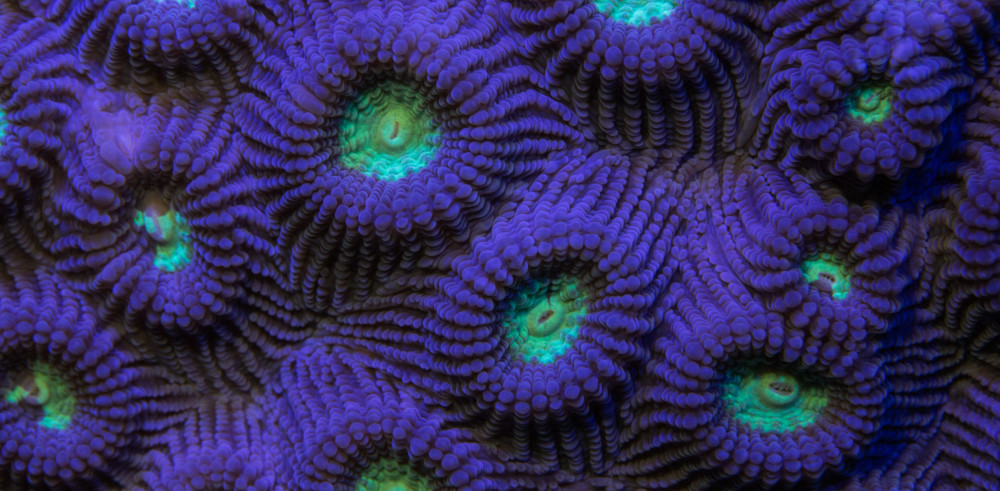Last year, a friend and I stumbled upon a local beach with gigantic hermit crabs. All of the hermit crabs were found adapting with non-native seashells.
Where did these shells come from? The shell shack
The shell shack is an old wooden shed filled with boxes of imported craft shells from the Philippines. The hermit crabs found an opening and took advantage of this real estate.
The most abundant shell was the polished muffin (Ryssota ovum) land snail. This shell is native to the Philippines and is twice the size of any land snail on Okinawa. The muffin shell is a perfect mobile home for the land hermit crabs. It’s lightweight, durable and large.
The hermit crabs were healthy and doing well. I didn’t see any hermit crabs adapting with plastic or any twist top caps.
I also found hermit crabs adapting with a variety of marine shells from the Philippines at the same location.
Learn more about hermit crabs and adaptive behavior ” Crabs with beach trash homes ”
My Mission: To Protect and Preserve the Wildlife of the Ryukyu Islands for Future Generations. – If you would like to join my journey, check out my Patreon https://www.patreon.com/MakeTheSwitch4Nature
Your donations will help conservation initiatives as well as bring solutions to the worldwide pollution issues on our beautiful shorelines. Thank you for your support, Shawn M Miller.
#MakeTheSwitch4Nature

































































































